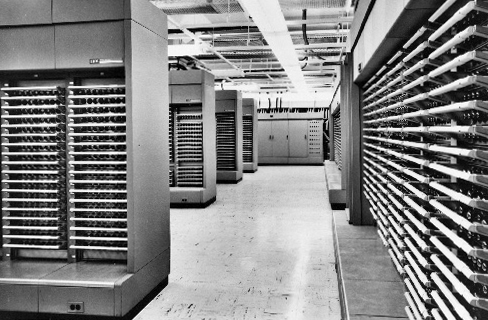
Commenting on Fareed Zakaria’s superb New York Times bestseller Ten Lessons for A Post-Pandemic World, Che Kurrien writes at GQ, “It is said that while history does not repeat, it rhymes.”
This could in particular apply to Lesson Five, “Life is Digital,” of Zakaria’s book where he explains the impact the digital revolution has had on industry, on economies, on politics, on our lives.
As an example of such advancements, Zakaria cites Germany’s Thyssenkrupp “…the fourth largest elevator manufacturer on the planet” and how “Its smart, software-enabled elevators, which are connected to the cloud, constantly send out performance data, which the company rigorously analyzes and then uses for ‘predictive maintenance’ – repairing a problem before it gets worse.”
With no intention to diminish the accomplishments of Thyssenkrupp or to question Zakaria’s premise, I would like to give credit in this area to the tremendous foresight, ingenuity and brilliance of a group of MIT, Lincoln Laboratory, IBM engineers (and others) who did the impossible more than six decades ago.
You see, in the early days of the Cold War, the United States was concerned about, and vulnerable to, what was then called the Soviet air-breathing threat: An attack on our mainland, via the “Arctic route,” by long-range, nuclear-capable bombers. The nation, thus, was in dire need of a system to detect, identify, track, help intercept and help destroy such hostile aircraft if and when it became necessary.
Consequently, the “SAGE system” (Semi-Automatic Ground Environment system) was designed, developed and implemented to do exactly that: “detect, identify, track, intercept and destroy” an attacking force. It became a nation-wide network of radars, communication systems and far-ahead-of-the-time computer systems located inside 23 concrete-hardened, 4-story block houses (“direction centers”) across the country, each occupying 3.5 acres of space (below).
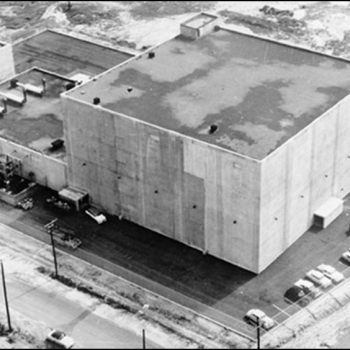
It is the most ambitious (in terms of technology), the largest (in scope and physical size), and the most expensive computer project ever undertaken.
According to some sources, it exceeded the cost of the Manhattan Project.
At the heart of the system, in each direction center, were “duplex” MIT/Lincoln Laboratory-designed, IBM-produced, SDC-programmed “AN/FSQ-7” vacuum tube computer systems that evolved from MIT’s pioneering “Whirlwind” project.
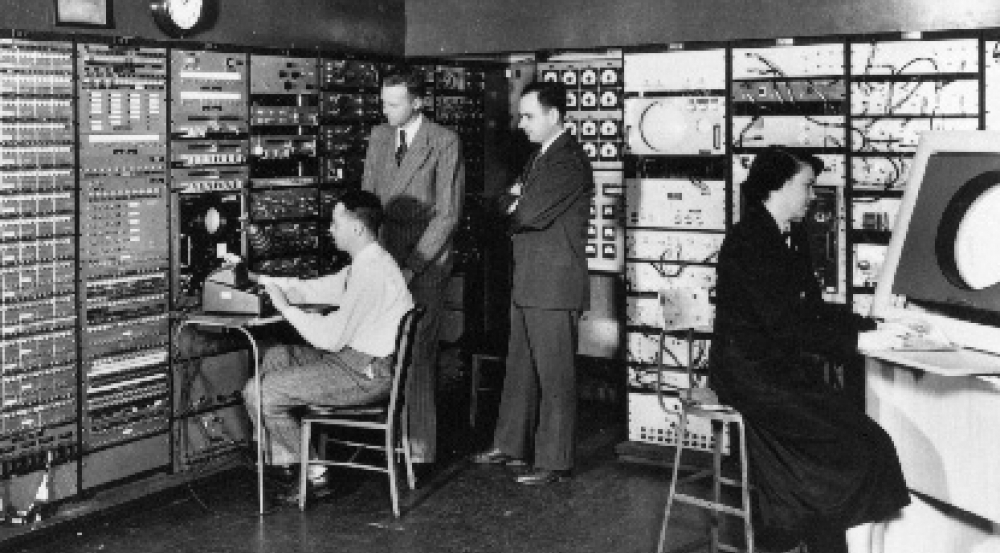
The mission of “air defense” was deemed so critical and the “health” and reliability of the computers that performed such a function, so essential — a failure during an attack would be catastrophic — that there were always two computer systems in operation. During “increased readiness” conditions, one computer system would be designated the “active computer” — performing the “live” air defense function — while the other would be in “hot-standby” and able to become the active system within seconds.
Although the reliability of vacuum tubes (each computer had approximately 50,000 tubes) and of other electronic and electro-mechanical components at the time was notoriously low, the dual system availability had to be upward of 99%.
How to achieve such an unprecedented availability with electronic components prone to frequent failures?
One way was by having redundancy (a dual system ready to switch-over at a moment’s notice), fault tolerance and by performing scheduled preventive maintenance on the inactive system round the clock. It took three shifts of 20 to 30 skilled technicians each, to operate, monitor and maintain the system 24/7.
Even so, with 50,000 failure-prone vacuum tubes, there would, theoretically, be a failure every few minutes. No way to run an air defense system.
Here is where the ingenuity of MIT, IBM, System Development Corporation and of many other scientists and engineers came in.
As in Thyssenkrupp’s systems, but seven decades earlier, “predictive maintenance” was the answer.
Only, it was called “diagnostic marginal checking”: A novel, software-controlled system that varied critical voltages to parts of the vacuum tubes thereby inducing failures and, as such, predicting future failures and allowing technicians to replace the marginal components before they failed.
Both the diagnostic programs and the operational software were monitored and controlled from a large “maintenance console (below) with hundreds of buttons, switches and a thousand blinking lights, displaying the condition and digital contents of all parts of the system. Readers may have seen the console and parts of the computer in several movies, among them Dr. Strangelove, Planet of the Apes and Colossus.
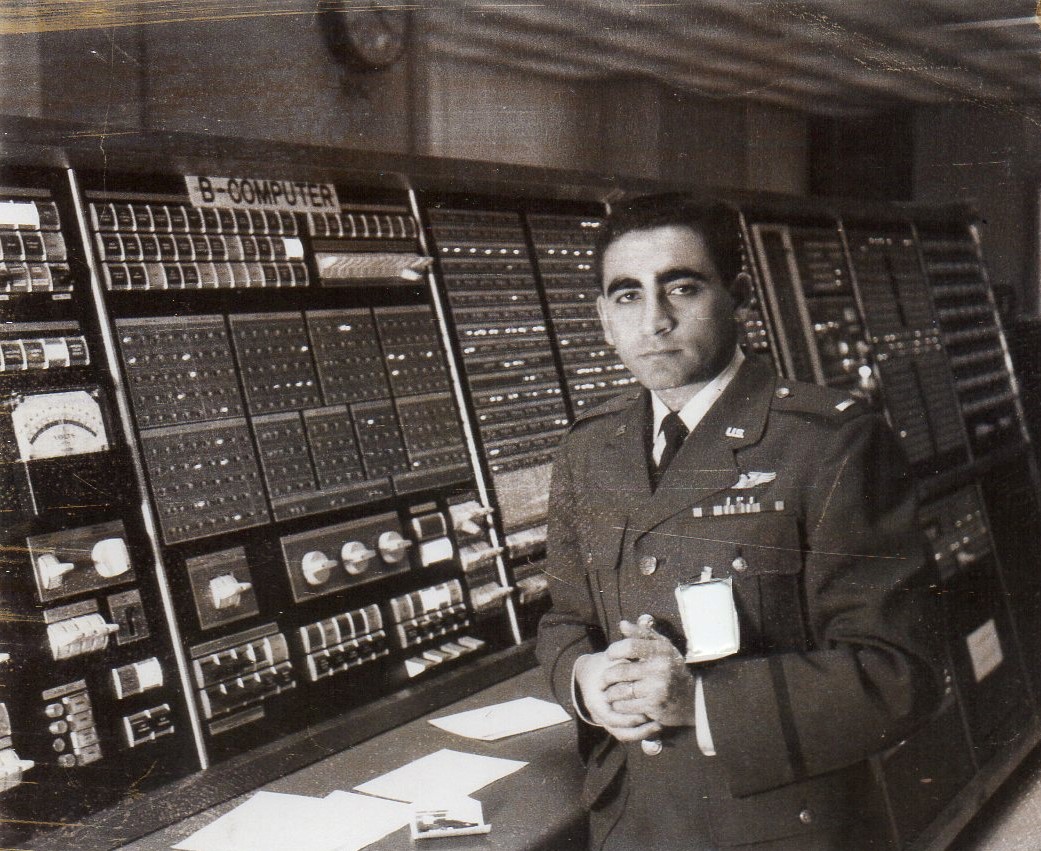
Today, there are numerous sophisticated, AI-based “predictive algorithms” that give owners, users and maintainers the ability to analyze components’ performance, detect deterioration and anomalies and to predict the remaining useful life of individual parts and overall systems so that repairs or replacements can be made before breakdowns occur.
But back to Zakaria’s well-supported theme of how “digital” our life is and on the amazing advances in digital technology over the past two or three decades.
This author’s firm belief is that, in large measure, we owe such advances to what a dedicated group of early digital heroes and programmers – the latter using rudimentary “machine language” — were able to accomplish six decades ago with a vacuum tube system in addition to tens of thousands of capacitors, diodes, transistors and relays, ferrite core memories along with cabinets of whirling magnetic tapes, massive, 350 lbs. “magnetic drums” rotating at 3,600 rpm, and miles of wire and cable.
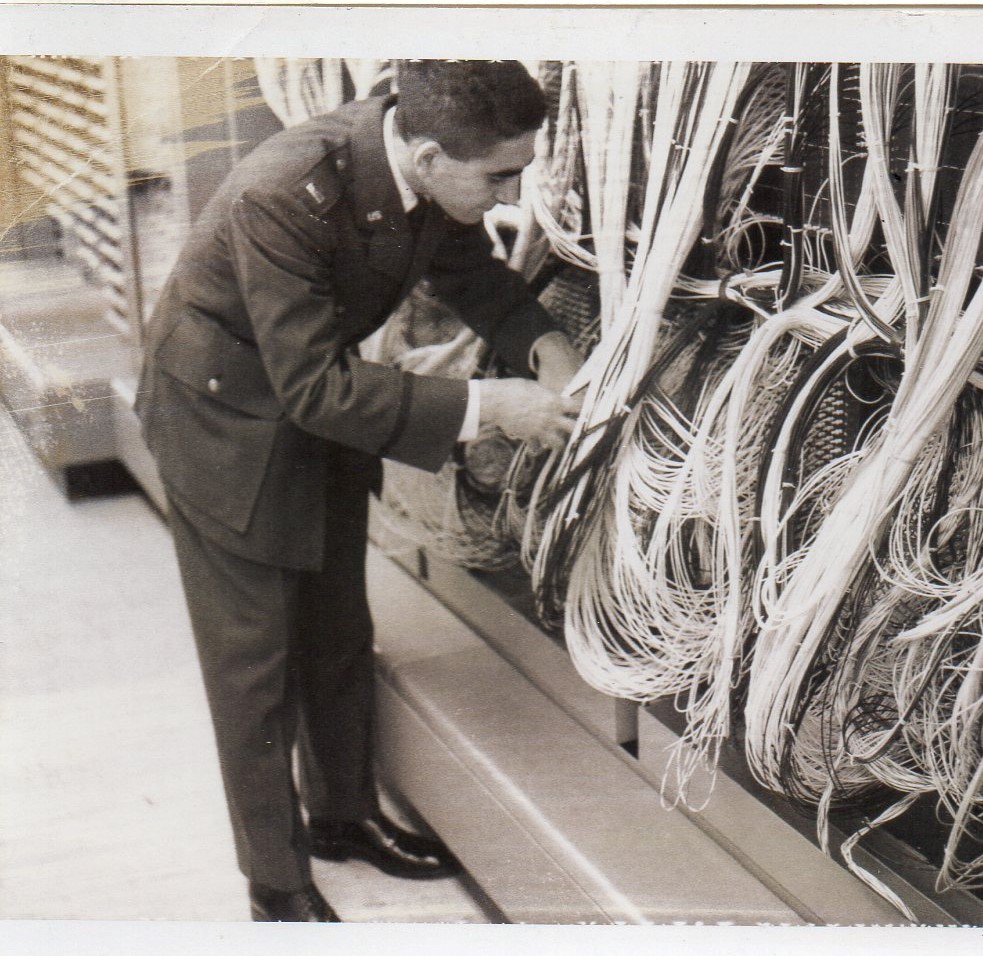
They provided the genesis of and the impetus for today’s “digital life.”
Most of all, they and those who operated, maintained and used their computers to perform the air defense mission kept our nation safe during perilous times.
The breakthroughs that came about through the course of the SAGE program initiated, to a large extent, the digital computing revolution that has had such a significant impact on today’s world.
In Bit by Bit’s “A course resource for the History of Mechanized Thought,” one reads:
Above all, SAGE taught the American computer industry how to design and build large, interconnected, real-time data-processing systems. Through SAGE, Whirlwind’s fabulous technology was transferred to the world at large, and computer systems as we know them today came into existence.
Please watch below how Judith A. Clapp, a computer scientist and a leader in the development of the SAGE system, describes “the legacy of SAGE.”
.
















